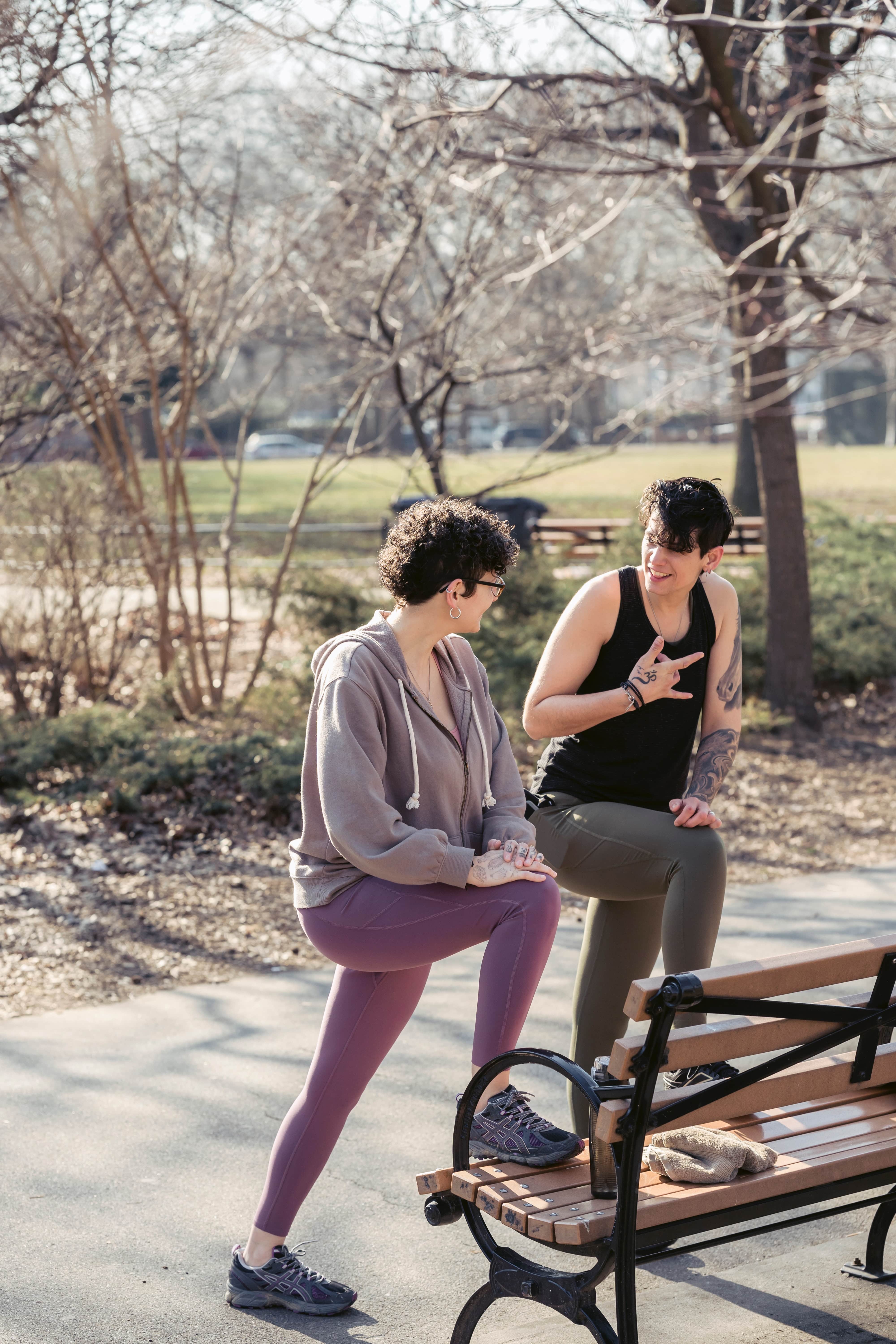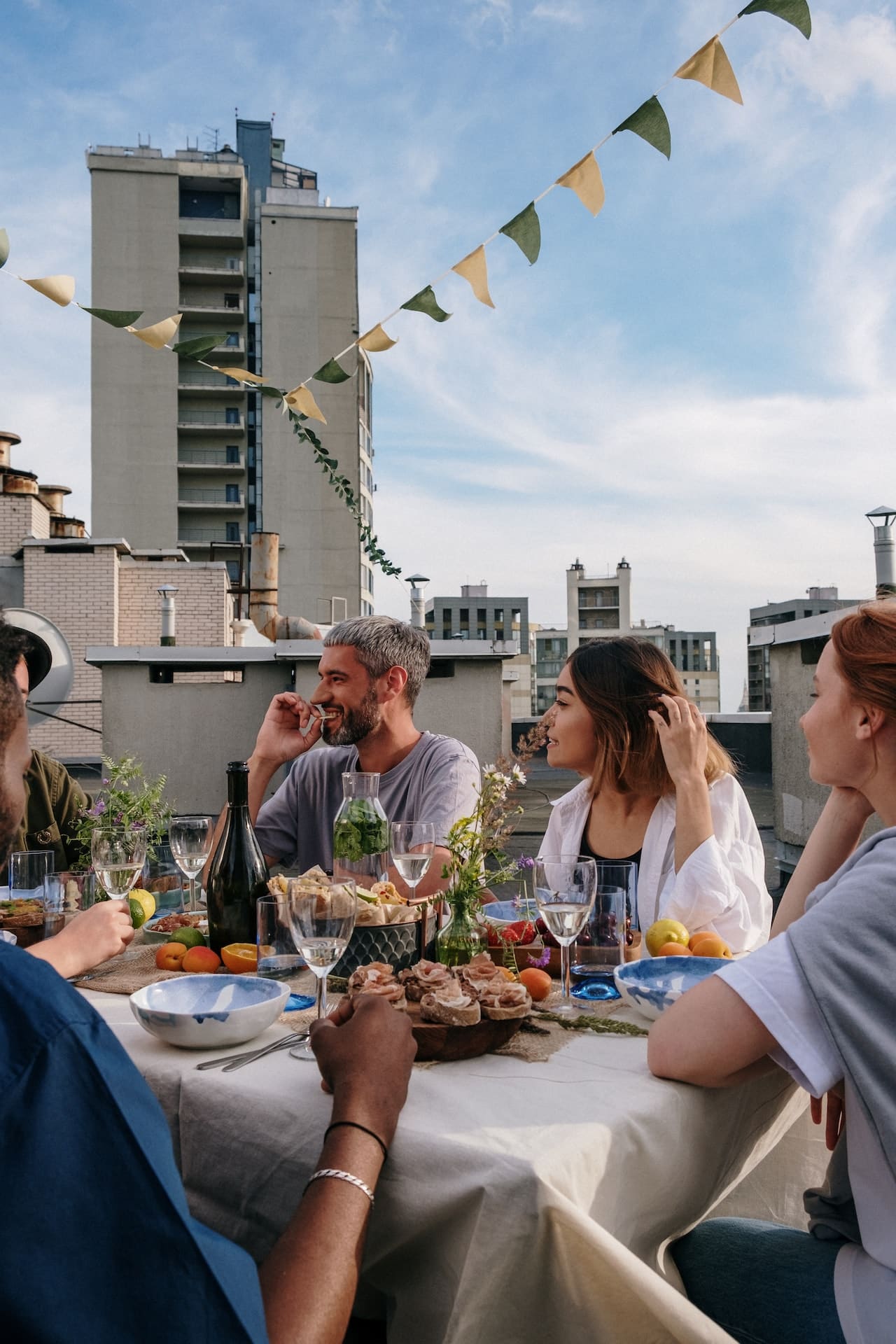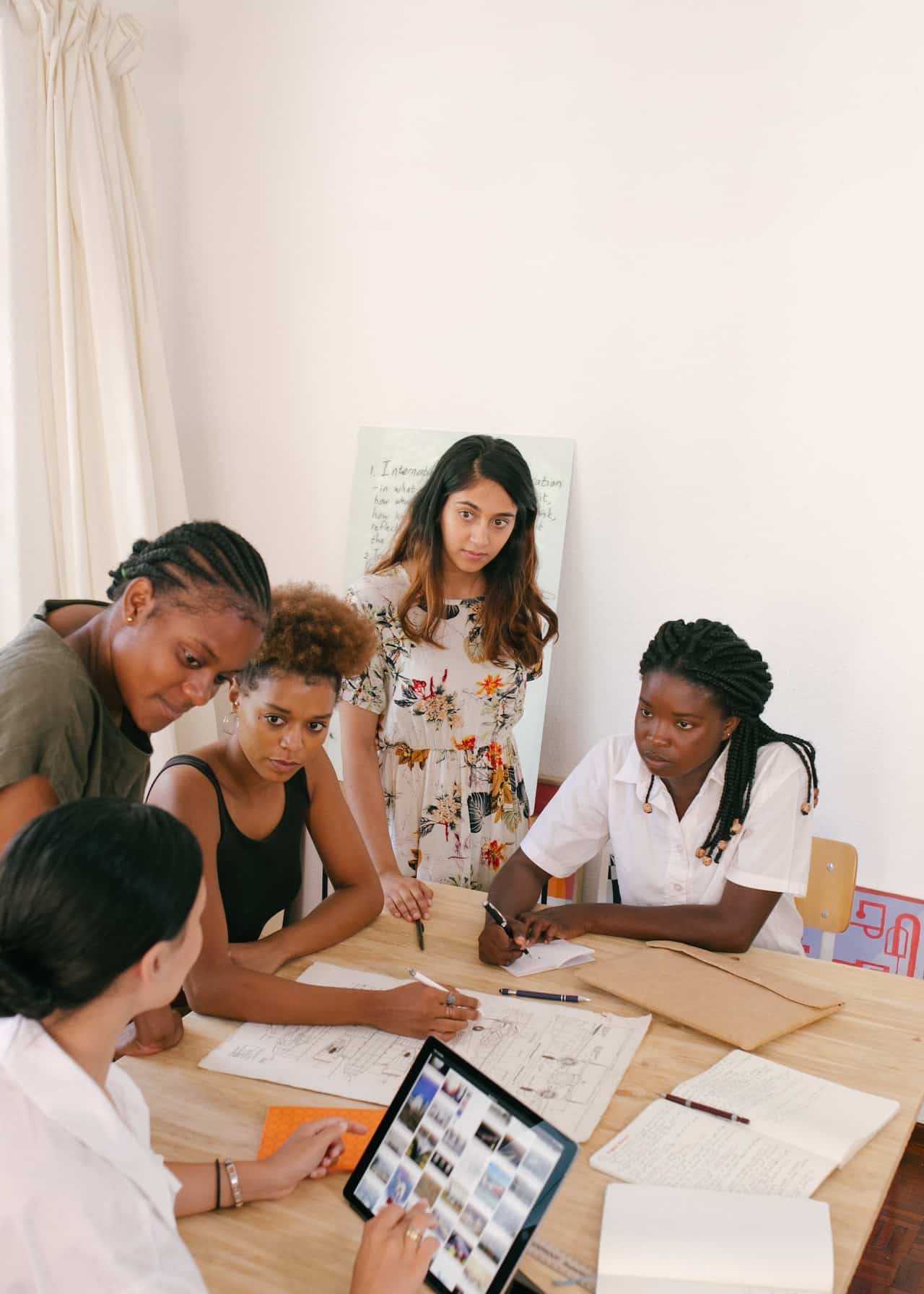As we recognize September as Self-Care Awareness Month, we’re talking about some of the less discussed aspects of self-care. Today we’re discussing the aspects of self-care that come from connection with others — relational self-care.
Self-care is often framed as “me time”. In a world where the demands on our time and energy seem endless, finding some time alone to focus on ourselves can be crucial. Setting boundaries with others is rightfully recognized as a vital way to practice self-care.
However, boundaries are only part of the picture when it comes to practicing self-care in relation to others. As social animals, humans have a profound need for connection and belonging. And attending to those needs is just as much a part of self-care as exercising or getting enough sleep.
The truth is, self-care isn’t a solo practice. Being as intentional with how we nurture the important relationships in our lives has a huge impact on our mental and even our physical health.
Building and Nurturing Our Friendships
For many people, friendships fulfill a vital need in our social support system. You probably know this from experience, but research shows that friendships support our mental and physical health. They can improve our resilience in difficult times, and even increase our longevity. But they can fall by the wayside when life gets busy with family responsibilities and professional obligations.
There’s no one way to do friendship “right”. Some friendships may be built on a shared interest or activity, and others might be based in our history growing up together. You might have a standing happy hour date once a week, or you might see each other once a year when you’re in town.
But friendships do require nurturing and maintenance to thrive. Making time for our friendships helps keep them strong — whether that’s sharing a meme we know will make them laugh, checking in to find out how a big interview went, or prioritizing a get together when you haven’t seen each other in a long time.

Typically, they require some mutuality as well — meaning that both friends are putting in some effort. Our resources and abilities aren’t always the same, and friendships shouldn’t be looked at through a tit-for-tat lens. On the other hand, if one person is always the one initiating, or is always the one requesting support, friendships can start to feel unbalanced over time.
Putting time and effort into building and nurturing our friendships is fantastic self-care. It helps to ensure that our support system is strong when we need it. But it also can bring us more joy, purpose, and sense of connection in our daily lives, even when things are going well. And who doesn’t need more of that?
See Also: Ask A Therapist – How Do I Make Friends As An Adult
Spending Time in Communities Where We Belong
In our diverse society, many of us routinely interact with people who come from communities that are very different from our own. In many ways, this is a great thing — an opportunity to broaden our perspective and learn from our differences.
However, it can also be a challenge, especially when we’re forced to adapt ourselves to fit into the expectations of communities that aren’t our own. For example, as a psychologist, I work with many women of color who find it exhausting to twist themselves into a model of “professional” built on white, male norms.
On the other hand, sometimes our communities of origin also leave us feeling like we don’t belong. For example, a queer person growing up in a conservative religious community may feel alienated in their hometown, but feel a sense of finally coming home when they find an LGBTQ+ affirming church.

As social animals, humans have evolved to need community. It often does make sense to continue to participate in communities where we can’t fully be ourselves. Often, our livelihoods demand it. Those of us who come from multicultural backgrounds may value both, and struggle with feeling completely at home in either.
But finding communities where we do feel a sense of genuine belonging — and making time to participate — is a great way to practice relational self-care. Whether it’s a dance troupe, a fandom, a synagogue, or a support group, these community connections can be deeply nourishing. This includes online communities, which are a great opportunity to interact around a shared connection that may not exist locally.
Sharing in Physical Touch
The benefits of shared physical touch are well-documented. Touch can provide comfort, help us regulate stress, and even reduce symptoms of depression. Interpersonally, shared touch increases connection, trust, and cooperation between people. Like our primate relatives, we’re evolved to connect with others on a basic, physical level. So sharing in physical connection can be part of our relational self-care practice.
But many people in Western society — especially in the United States — are touch deprived. Touch has been sexualized in a way that has made platonic touch more difficult to engage in. This can be especially challenging for men due to the effects of homophobia. Men are more likely to receive no physical contact at all outside of their romantic or sexual relationships.
Where does that leave us? We certainly don’t want to engage in touch that’s non-consensual, out of respect for the needs and boundaries of others around us. (And unwanted touch does not confer the benefits above, with effects ranging from uncomfortable to traumatic.)

Actively challenging norms around touch can be done safely and consensually in the context of friendships and other platonic relationships. Asking for a hug is one of the simplest ways to do that. Cuddling, holding hands, or giving or receiving massage can also build platonic connections. This may require more communication and awareness around boundaries.
If that’s too far outside your comfort zone, non-human friends (yes, our beloved pets) can also share in physical touch. Cuddling with a cat or dog has been shown to reduce cortisol, the stress hormone. It also increases our levels of oxytocin, a hormone associated with love and feelings of well-being.
Practicing Community Care
The discussion of self-care has been legitimately criticized as being overly individualistic. Putting the onus on individuals to take care of themselves in isolation is limiting at best. At its worst, it can be gaslighting. Telling someone who needs housing, or fair working conditions, or access to medical care to practice better self-care is deeply unhelpful and unfair.
To me, self-care and community care need to be thought of as two sides of the same coin. When we care for ourselves, we’re better resourced to participate in our communities. Therapists know this intimately — it’s considered an ethical imperative of our profession that we care for ourselves. That’s because we can’t do our jobs competently when we’re burned out, and may even cause harm to our clients. But this is true for all of us: Parents, partners, friends, activists, employees, leaders. We can’t pour from an empty cup.
Community care recognizes our interdependence and interconnectedness.
It asks that we use the resources, time, or privilege that we have to support and lift up the people around us. It’s something we can practice on an individual level, like when we bring food to a friend who has just gone through surgery. But it also goes beyond our individual relationships. Contributing to a mutual aid fund, speaking up about a racist policy at your workplace, or volunteering are all examples of community care as well.
Community care isn’t charity, and it isn’t entirely selfless. In fact, I think of community care as a form of relational self-care too. It’s about building the types of healthy, mutually connected communities of support that are good for everyone — ourselves included. When our communities are healthier, they do a better job of supporting us when we need it.

Learning to Ask for Help
Knowing when and how to ask for help isn’t a skill that we’re all taught. Some of us have early experiences where attempts to ask for help are met with indifference, or shamed as weakness. Others were praised for their independence and learned that this was the path to being seen as competent and worthy. Either way, these types of experiences can make it difficult to ask for help as adults, even when we really need it.
One way to get better at asking for help is to pay attention to the stories that come up around the idea of receiving help. For example, do you worry that friends will see you as a burden? Or are you holding onto a belief that it’s only ok to ask for help if it’s a five alarm emergency?
Being aware of these stories gives you the opportunity to reality test them. For example, if you’re reluctant to ask a friend for a ride to the dentist because you’re afraid of being seen as a burden, you can imagine how you might feel if the roles were reversed. Or you can remember that you felt glad to provide a supportive ear when your sister was going through a breakup. You might even notice that it brought you closer together.
You might also challenge negative beliefs about asking for help by noticing the consequences of not doing so.
While the intention may be to protect your loved ones and respect their time and space, the impact may be very different. Often, refusal to ask for help can create frustration for people who feel shut out. Relationships might feel unbalanced, which can lead to resentment on both sides. And sometimes, others can end up dealing with negative consequences we could have avoided. For example, refusing to ask for help on a work project could lead to missing a deadline that puts the whole team behind.
Asking for help can be hard because it’s vulnerable. If it’s a theme in your life, this is definitely an area that therapy can help! (And reaching out to a therapist is a huge first step for chronic help-avoiders.)
A New Way Of Thinking About Self-Care
This isn’t a complete list of ways to practice relational self-care. And perhaps not all the examples here resonate with you and your needs. But I hope that it’s inspiration to reconsider how you think about self-care. Self-care isn’t selfish, and it doesn’t need to be a solitary practice that takes you away from the people around you.
Got questions about self care? Email us at hello@stellanovawomen.com and we may cover them in a future blog!
About The Author
Dr. Maya Borgueta is a clinical psychologist in San Francisco, CA. She is also the founder of Stella Nova Psychology, where she specializes in supporting the mental health of women of color in business and the tech industry.
She’s a big advocate of self-care for her clients, and a work in progress when it comes to practicing self-care herself. Her favorite self-care activities are cooking for friends, cuddling with her two cats, and taking art classes.

Therapy in San Francisco & Online Therapy In California
Stella Nova provides online therapy for clients throughout California, and in-person therapy in San Francisco. Our practice specializes in supporting the mental health needs of women, couples, and members of the LGBTQ+ community. Our stellar team of therapists specialize in a variety of treatments for common issues such as burnout, depression, chronic pain, anxiety, disordered eating, and more.
To learn more about our services, schedule your free, 20-minute consultation today! We’ll get to know a little bit about you and what you’re looking for. Then, our intake specialist will match you with the best therapist for your needs and preferences.

